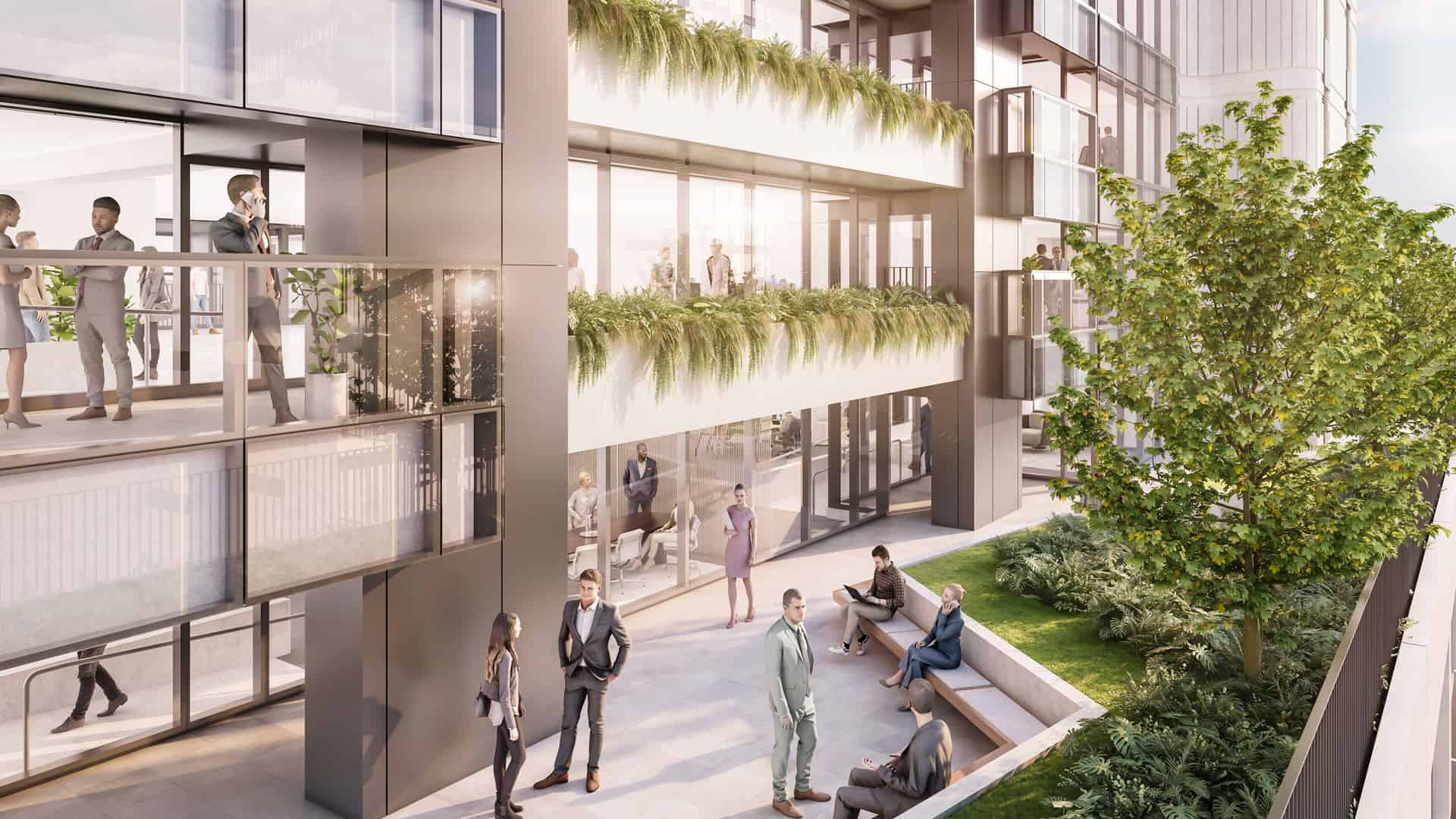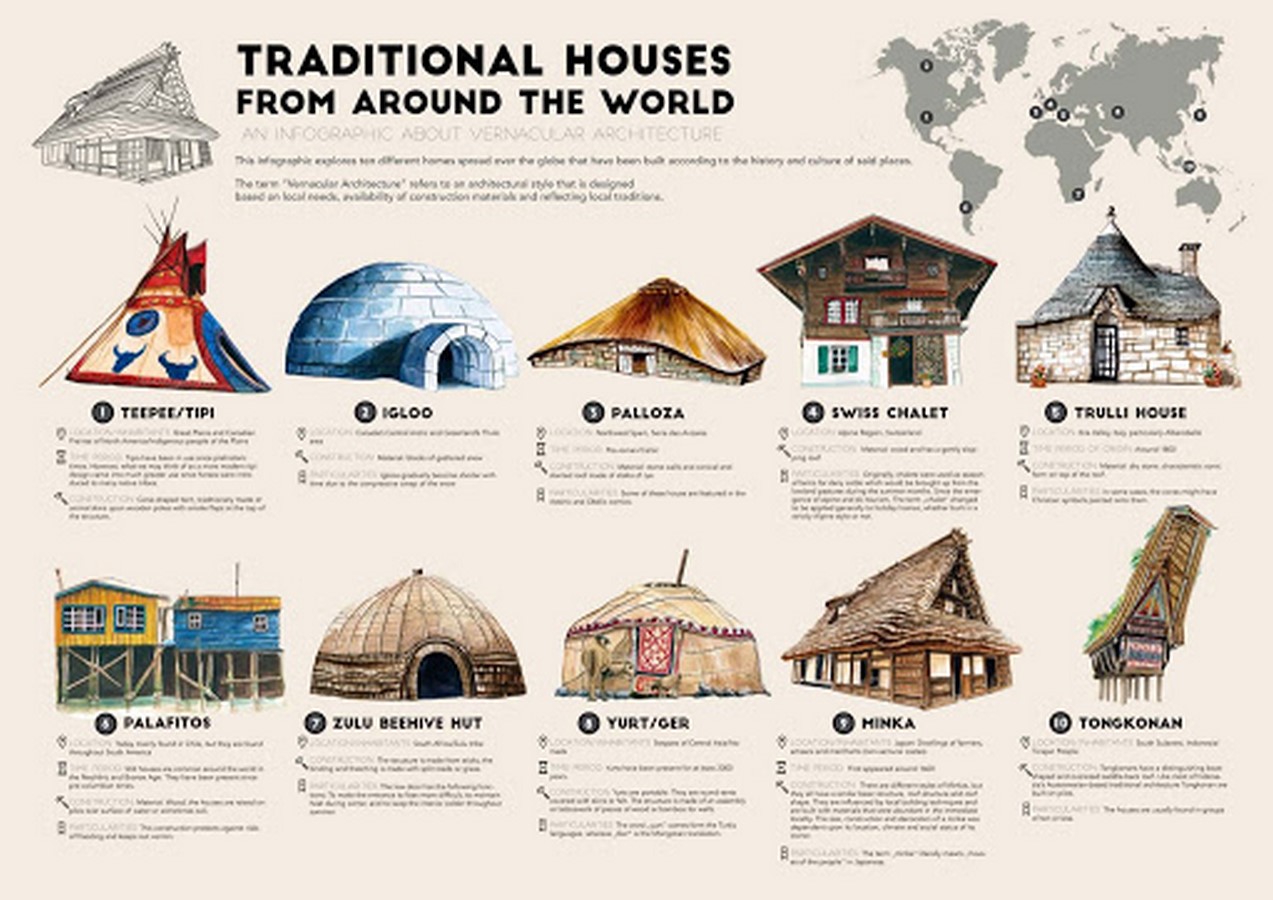How Does Adaptive Reuse Influence The Architectural Design Of Old Industrial Buildings?

The Midtown Centre is the epitome of adaptive reuse, combining the historic architecture of an old building with a modern take on sustainability and innovation. Developed by AsheMorgan, the project has set a new standard for adaptive reuse, revolutionizing the industry while preserving the historic charm of the building.
The project is a testament to the creativity and ingenuity of the AsheMorgan team and their ability to look beyond conventional methods of building and design. Here's everything you need to know about this groundbreaking project:
What is Adaptive Reuse?
Adaptive reuse refers to the process of repurposing an existing building for a new use. Rather than demolishing the building and starting from scratch, developers use the existing structure as a starting point and modify it to accommodate a new function.
The Importance of Adaptive Reuse
Adaptive reuse is an important concept in sustainable development. The demolition of existing buildings generates large amounts of waste and consumes vast amounts of energy and resources. By repurposing existing buildings, developers reduce the environmental impact of construction and create more sustainable communities.
The Challenges of Adaptive Reuse
Adaptive reuse projects come with a unique set of challenges. Each building has its own set of limitations and requirements that must be taken into account when designing the new space. For example, the Midtown Centre's historic designation meant that the developers had to preserve the architectural integrity of the original building, while also meeting modern building codes and standards.
The Midtown Centre's Unique Features
The Midtown Centre is unique in that it combines historic architecture and modern design. The building's original brick façade has been preserved and restored, while the interior has been completely modernized to accommodate a variety of uses, including office space and retail space.
The building's design also incorporates several sustainable features, including a green roof and rainwater harvesting system. These features help to reduce the building's environmental impact and improve its overall sustainability.
Benefits of Adaptive Reuse
Adaptive reuse has several benefits, both for developers and for the community as a whole. Some of the key benefits include:
Preservation of Historic Architecture
Adaptive reuse allows developers to preserve the historic architecture of a building, rather than demolishing it and losing an important part of the community's history.
Cost Savings
Repurposing an existing building can be much more cost-effective than building a new structure from scratch. This is especially true in urban areas where development space is at a premium.
Sustainable Development
Adaptive reuse is a key part of sustainable development. By repurposing existing buildings, developers reduce the environmental impact of construction and create more sustainable communities.
Community Engagement
Adaptive reuse projects are often a catalyst for community engagement and revitalization. By repurposing existing buildings, developers create new spaces for community gathering and economic development.
The Future of Adaptive Reuse
The Midtown Centre is just one example of the potential of adaptive reuse. As sustainable development continues to gain traction, we can expect to see more projects like this in the future. By repurposing existing buildings, developers can create sustainable, vibrant communities that preserve the past while looking to the future.
Conclusion
The Midtown Centre is a shining example of adaptive reuse done right. By combining historic architecture with modern design and sustainable features, AsheMorgan has set a new standard for adaptive reuse and paved the way for a more sustainable future. We hope to see more projects like this in the future, as developers continue to look for innovative ways to create sustainable communities that meet the needs of the present while preserving the past.
FAQs
What is adaptive reuse?
Adaptive reuse refers to the process of repurposing an existing building for a new use, rather than demolishing it and starting from scratch.
Why is adaptive reuse important?
Adaptive reuse is an important concept in sustainable development. By repurposing existing buildings, developers reduce the environmental impact of construction and create more sustainable communities.
What are the challenges of adaptive reuse?
Adaptive reuse projects come with a unique set of challenges. Each building has its own set of limitations and requirements that must be taken into account when designing the new space.
What are the benefits of adaptive reuse?
The benefits of adaptive reuse include preservation of historic architecture, cost savings, sustainable development, and community engagement.
What is the future of adaptive reuse?
As sustainable development continues to gain traction, we can expect to see more projects like the Midtown Centre in the future. By repurposing existing buildings, developers can create sustainable, vibrant communities that meet the needs of the present while preserving the past.




Post a Comment for "How Does Adaptive Reuse Influence The Architectural Design Of Old Industrial Buildings?"